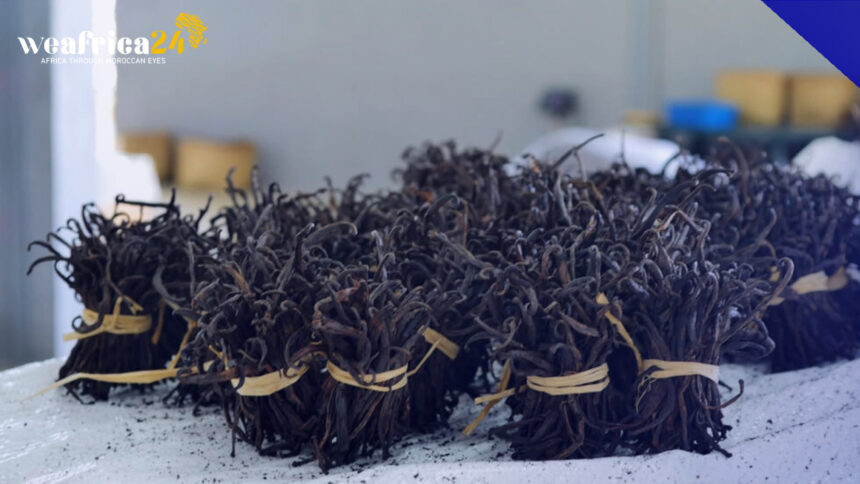In a newly enforced regulation by the European Commission as of Thursday, September 14th, the permissible level of nicotine residues in imported spices is now capped at 0.05 milligrams per kilogram, down from the previous threshold of 0.3 milligrams. This stringent adjustment has sparked significant concern in Madagascar, where the island’s prized spice, vanilla, is directly impacted by this new legislation.
With this new regulation, nearly 80% of exported vanilla batches could face rejection, according to exporters. This forebodes an impending catastrophe for the country’s economy, as the fragrant pod is one of its primary sources of foreign exchange. Faced with this situation, economic stakeholders have launched a concerted effort, armed with a specific argument: “Nicotine residues found in Malagasy vanilla do not pose a public health issue.” They back this claim with evidence: tomatoes and eggplants, for instance, still retain the previously permissible maximum of 0.3 milligrams of nicotine per kilogram. Additionally, as one exporter points out, “Vanilla is not ingested in kilos; it is used sparingly to enhance dishes.”
Simultaneously, the European Union Delegation in Madagascar has consistently alerted Brussels at the highest levels regarding the disastrous consequences of this new regulation. On the island, more than 150,000 families depend on vanilla cultivation, and in certain years, the trade in the black bean can account for over 8% of the GDP.
The advocacy efforts appear to have borne fruit, as “this 0.05% threshold will be revisited on September 18th and 19th in Europe by an expert committee to assist the European Commission in adopting a new regulation,” announced Isabelle Delattre, the European Union Ambassador to Madagascar, in an interview with RFI. This revised regulation, which could be adopted before the end of September, aims to increase the maximum limit of permissible residue and come into effect at the beginning of 2024, “subject to the European Food Safety Authority’s approval and no objections from the European Parliament or member states,” added the ambassador.
An “Absolutely Exceptional” Measure
This rapid revision of the regulation, shortly after its enactment, is an “absolutely exceptional measure that responds to the concerns expressed by economic operators and the Malagasy government,” cautioned the diplomat. “The goal is not to play firefighters but to anticipate. In the future, there should be much more dialogue between technical operators in partner countries and those in EU importing countries to prevent such last-minute situations.”
Why is the European Union so quick to backtrack, and why was such a low threshold set without considering the on-the-ground realities of the countries expected to comply? “It turns out that the data (primarily provided by the European Spice Association) that guided the setting of the maximum permissible limit did not accurately reflect the reality of the vanilla industry and its capacity to adhere to such low levels,” explained Isabelle Delattre.
“The principle is that the maximum allowable residue limit should be established not by decreeing that exceeding this limit poses a real danger to consumers’ health but by basing it on what is considered achievable by the industry,” clarified the European Union Ambassador to Madagascar. “This is where the error occurred because evidently, the Malagasy industry is not capable of meeting such low thresholds. So, one must question whether the experts on the committee convened by the European Commission consulted with Malagasy economic operators before making decisions on the thresholds. It could be a lesson for the future.”
Until the official revision of the regulation, sanitary and phytosanitary services in EU member states have been urged to exercise flexibility in enforcing the 0.05 milligrams of nicotine per kilogram limit. Meanwhile, exporters are encouraged to seriously contemplate the reasons behind the nearly ubiquitous presence of nicotine traces in vanilla.







